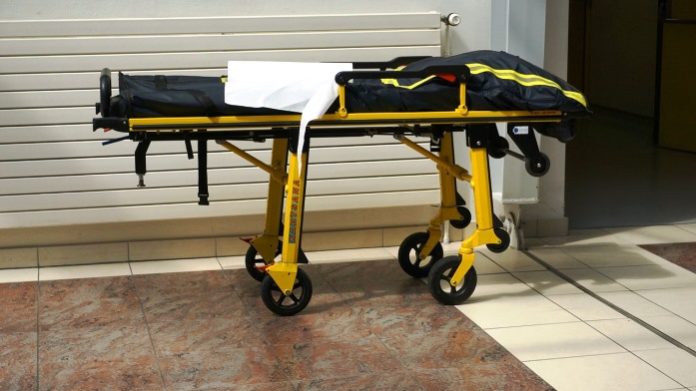Paramedics help people that are injured but, ironically, they also have the highest incidence of work-related injury. Now, a University of Waterloo study has worked out a way to reduce this number by 78% – battery-powered stretchers.
Powering up
It might not seem like a dangerous job, but paramedics are loading, raising, and lowering stretchers all day. Even an empty stretcher can weigh up to 100 lbs, and once loaded with a person, 300 lbs is not atypical. This type of manual labour results in nearly five times more work-related injuries than any other sector.
Steven Fischer, Assistant Professor of kinesiology at the University of Waterloo, wanted to find out whether stretchers with battery-powered hydraulic system and assisted ambulance loading features were worth the investment.
The study compared injury rates at Niagara Emergency Medical Service, which had implemented powered stretchers, with Hamilton Paramedic Services, which used manual stretchers. With the powered stretchers, musculoskeletal or “stretcher-related” injuries decreased from 20 to 4.3 per 100 workers per year, while with manual stretchers, the number of injuries actually increased slightly over the same period.
The results were published this week in the journal Applied Ergonomics.
Stretching your dollars
Although each powered stretcher can set you back up to $40,000, Fischer’s group found that they offered a good return on investment. Over a seven-year lifetime, the cost of the stretcher is recovered through a decrease in injury-related costs.
Invisible injuries
Although this study was focused on musculoskeletal injuries such as tendonitis, paramedics also face other dangers on the job. According to a 2009 study, paramedics have the highest rate of posttraumatic stress disorder (PTSD) among emergency service workers and a suicide rate five times the national average.
Two years ago, Emergency Medical Technician (EMT) Charles Neher, shared his story – he waited five years to seek help for his PTSD and almost took his own life instead. Some are calling it a national crisis.
Recently, York Region Paramedic Services implemented a peer support team that is proactive rather than reactive. The 20-member peer support team trained in “psychological first aid” sends an EMT out on each shift to check on colleagues. Though the program is still being evaluated, it seems more efforts like this are required to make a difference.
No matter the type of injury, we need to help those that help us.








































